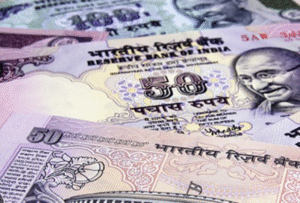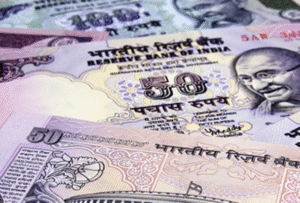$SOYB $SOYH #Soybeans #SoybeanFutures #Agriculture #CommodityMarket #MarketNews #Investing #FoodPrices #GlobalTrade #TrumpXiCall
Why Are Soybean Prices Dropping After the Trump-Xi Call? Discover the Impact!
In the latest soybeans news, the market is currently experiencing a significant downturn. As of Friday, soybean contracts are trading down by 9 to 10 ¼ cents. This decline reflects broader market sentiments, particularly following the recent call between former President Trump and Chinese President Xi Jinping.
The cmdtyView national average Cash Bean price has also dipped by 10 cents, settling at $9.51 ¾ per bushel. This drop in price indicates a lack of positive momentum in the soybean market, raising concerns among investors and traders alike.
Understanding the Market Dynamics
A variety of factors contribute to the current situation in the soybean market. Firstly, the anticipated trade developments stemming from the Trump-Xi call have not materialized into actionable agreements. Investors were hopeful that discussions might lead to reduced tariffs or increased purchases of U.S. soybeans by China. However, the absence of concrete outcomes has left many feeling uncertain.
Moreover, soymeal futures have seen a decline of 40 cents in the nearby October contract. This drop reflects the overall bearish sentiment that has permeated the agricultural commodities market. Similarly, soy oil futures have decreased by another 47 points, further compounding the challenges faced by soybean producers.
The Broader Economic Context
To fully comprehend the current soybean price movements, it is crucial to consider the macroeconomic environment. Agricultural commodities are heavily influenced by supply and demand dynamics, as well as geopolitical factors. The ongoing trade tensions between the U.S. and China continue to cast a long shadow over the agricultural sector.
Additionally, fluctuations in global commodity prices can swell or shrink profit margins for farmers. As a result, understanding macroeconomic indicators, such as inflation rates and currency valuations, becomes essential in predicting future movements in soybean prices.
Looking Ahead: What’s Next for Soybean Prices?
As we look ahead, several factors could influence soybean prices in the coming weeks. Traders are closely monitoring weather patterns, harvest forecasts, and global demand trends. Should the U.S. weather conditions remain favorable, and if harvest yields exceed expectations, soybean prices could stabilize or even rebound.
However, the uncertainty surrounding trade negotiations and potential tariffs remains a significant risk. If the U.S. and China fail to reach a satisfactory agreement, it could lead to further declines in soybean prices, as market confidence continues to wane.
In conclusion, the recent drop in soybean prices highlights the intricate relationship between geopolitical events and agricultural markets. Investors should remain vigilant, keeping an eye on both local and international developments. For more insights on the stock market, visit our relevant text.
By staying informed and adaptable, market participants can navigate the complexities of the soybean market effectively.











Comments are closed.